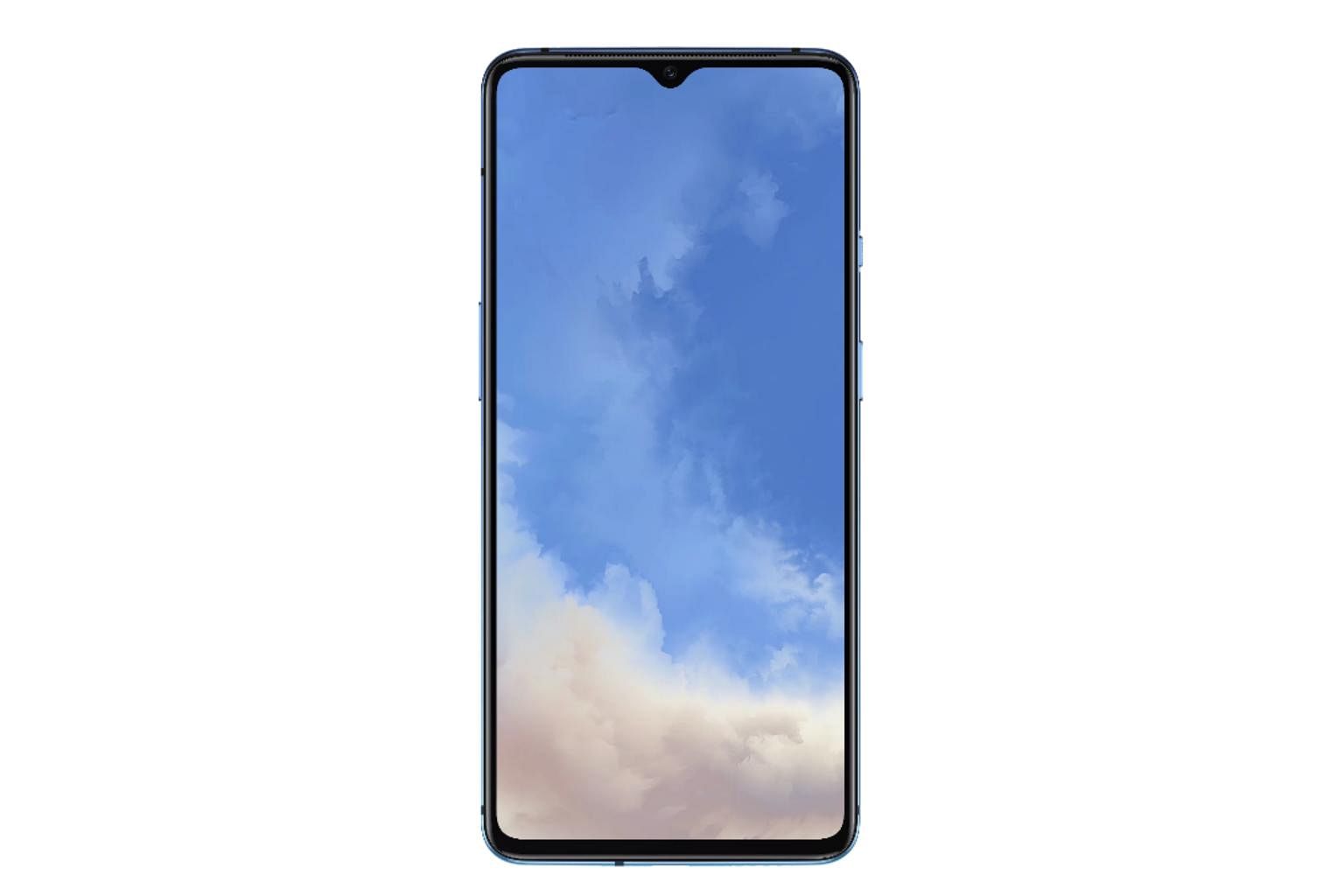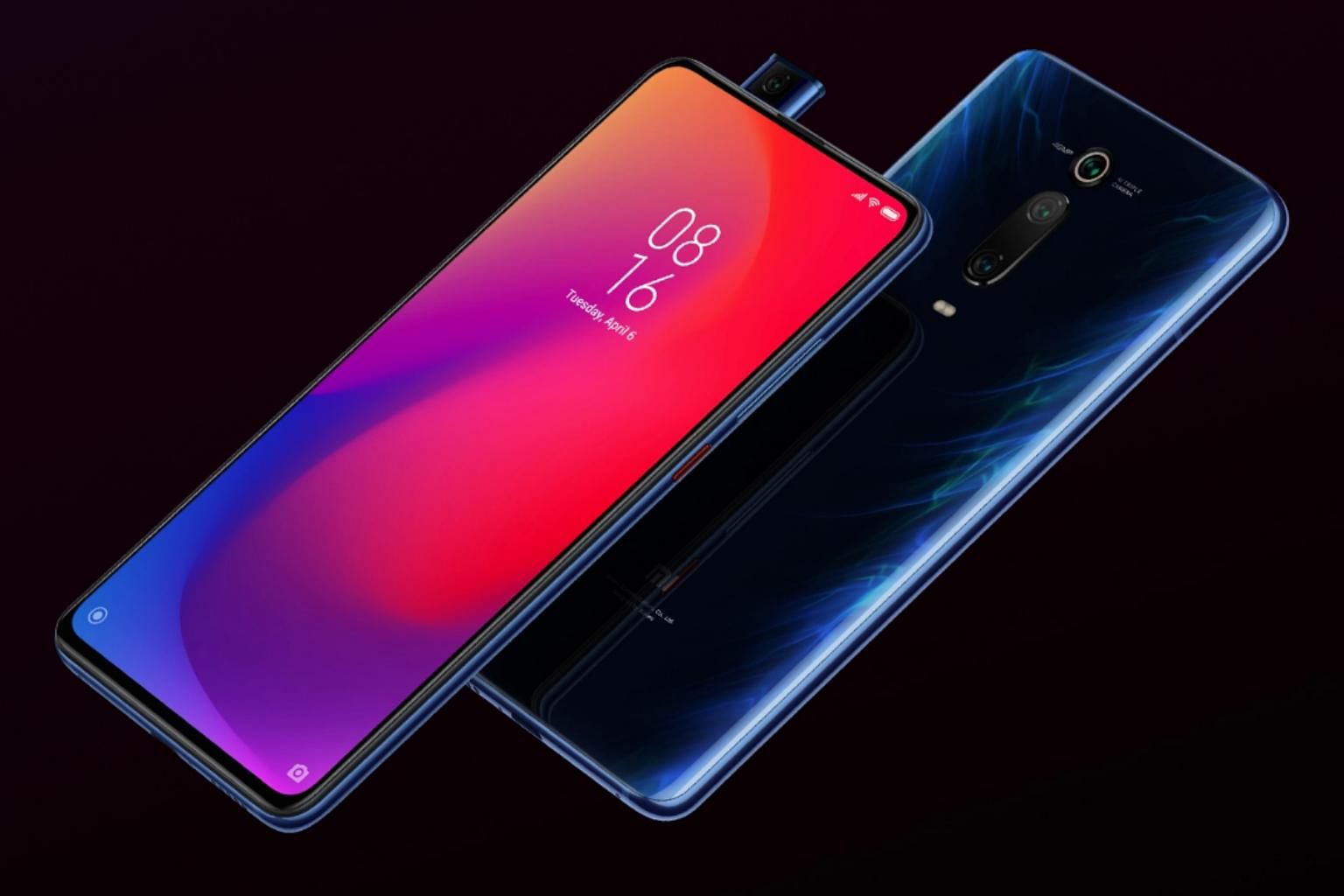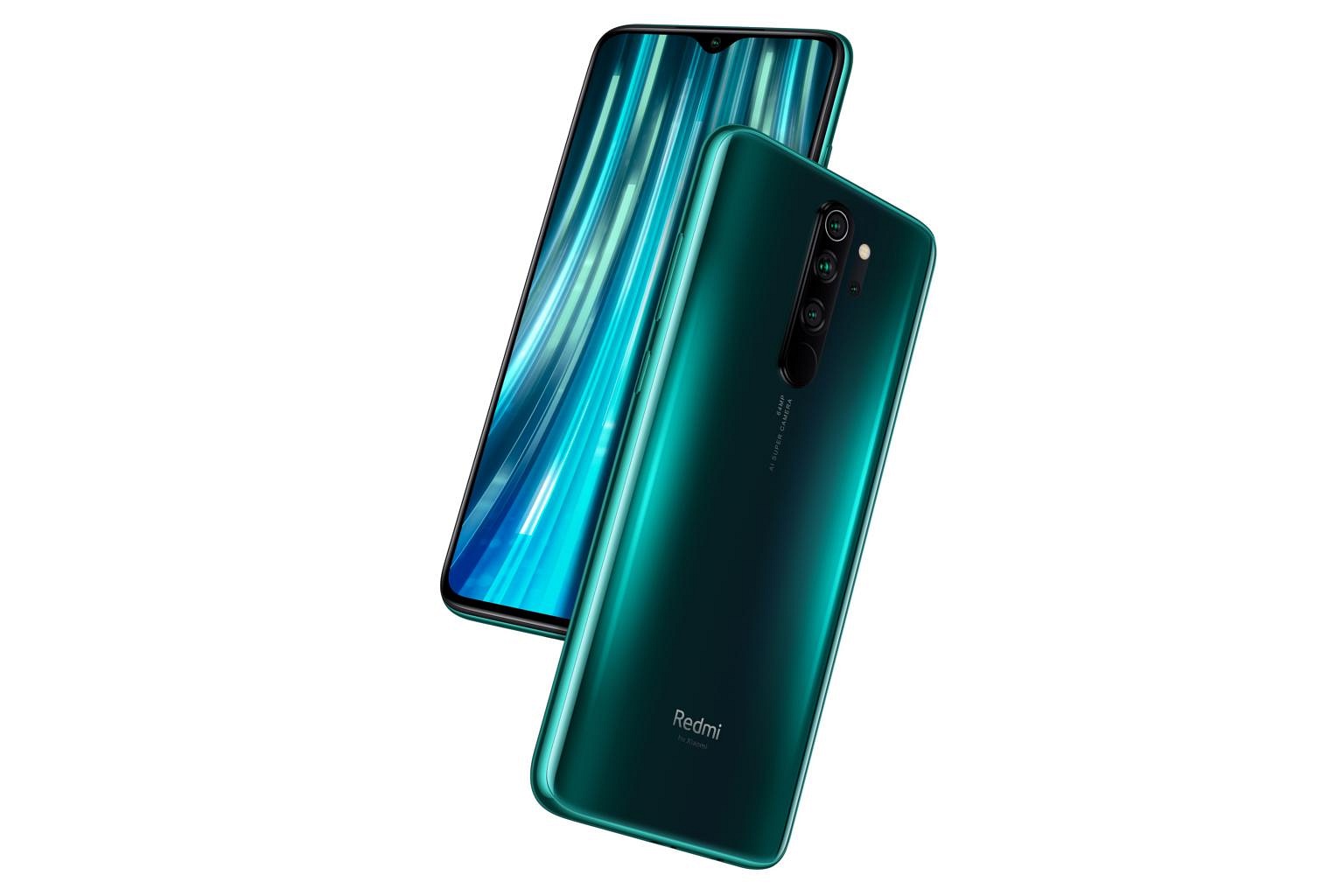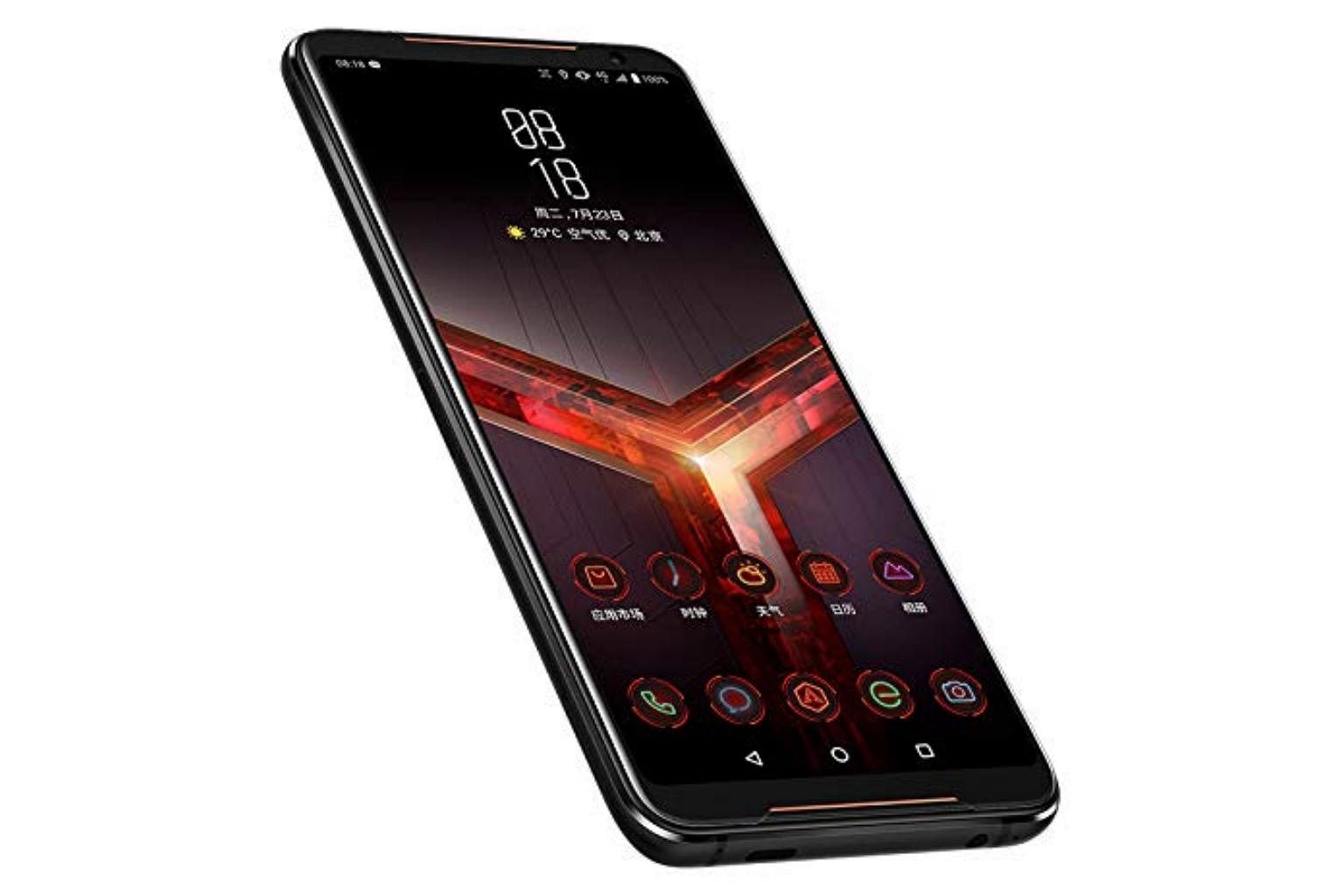Whether you are shopping at the top end or looking for something more modest, we got you covered with our phone picks. All prices quoted here are the official retail prices from the manufacturer for the base model of the phone.
BEST FLAGSHIP PHONE
If money were no object, the Apple iPhone 11 Max Pro ($1,799) is my pick for the best flagship phone. It has a superb display, top-notch cameras and excellent battery life.
On the flip side, it is rather hefty in size. And with the sky-high prices of iPhones, prudent users may want to hold on to their existing phones till next year's iPhones, which are rumoured to support 5G networks.
However, Apple's iOS software may not suit everyone, especially those who have already spent a goodly sum on Android apps.
For them, the best flagship Android phone is the Samsung Galaxy Note10+ ($1,598). An all-rounder with a sleek attractive design, great-looking display and solid cameras that are among the best this year, the Note10+ offers a refined, premium experience.
Samsung's OneUI interface - the Android 10-based version is being rolled out to Note10+ phones in some countries - is also more responsive and streamlined than its predecessor.
BEST FLAGSHIP KILLER PHONE

A flagship killer phone is one that will run the top models close in performance and features while costing significantly less.
For Android users, my vote goes to the OnePlus 7T ($899), which comes with flagship specs such as a Qualcomm Snapdragon 855+ processor, a responsive 90Hz Oled screen and triple rear cameras anchored by a 48-megapixel (MP) main camera. More importantly, it runs a near-stock version of Android 10 with less bloatware than other custom Android interfaces.
For Apple users, there is no equivalent flagship killer model to speak of. But most users would find the iPhone 11 ($1,149) good enough for their needs.
It may lack the telephoto camera and the Oled screen of the higher-end iPhone 11 Pro models, but the rest of its hardware is similar. And at $500 less, the iPhone 11 clearly offers better value.
BEST MID-RANGE PHONE UNDER $800

The Xiaomi Mi 9T Pro ($569) punches above its weight despite its mid-range pricing.
For starters, it has a high-end Qualcomm Snapdragon 855 processor, a near-bezel-less Oled screen and triple rear cameras.
While it lacks flagship niceties such as wireless charging and water resistance, the 9T Pro has a large 4,000mAh battery that supports fast charging.
Xiaomi's MIUI interface, though, can seem bloated with unnecessary apps.
This is not the case with my alternate pick, the Google Pixel 3a XL ($779), which offers an excellent camera, solid battery life and a clean Android interface.
The Pixel will also receive prompt software updates for at least three years, unlike the usual two years of support for most other Android phones.
BEST MID-RANGE PHONE UNDER $400

For those with a tighter budget, the Redmi Note 8 Pro ($329) offers excellent value with its quad-camera system, attractive glass-backed design and a capable processor.
Notably, its 64MP main camera, which uses a new Samsung image sensor, takes sharp and detailed photos. It also has near-field communication for mobile payments - a feature often left out in cheaper phones.
Alternatively, I would recommend the Samsung Galaxy A50 ($398).
The South Korean firm has stepped up its game in the mid-range segment this year and the A50 offers an Oled screen, a large 4,000mAh battery and triple rear cameras in a sleek package under $400.
BEST BUDGET PHONE UNDER $200

The Redmi 8 ($179) and the Realme C2 ($169) look more premium than their prices indicate, thanks to their similar waterdrop screen with a tiny selfie camera notch.
Their hardware, such as a 720p screen and dual cameras, are modest but adequate for less demanding users. The Redmi 8's massive 5,000mAh battery tilts it in its favour for me, though the Realme C2's 4,000mAh battery is not shabby.
BEST COMPACT PHONE

Not a fan of large phones? You are mostly out of luck if so, as smartphone screens have been increasing over the years.
But there are still several options for those with smaller hands or prefer to use their phones one-handed.
For Android users, the Samsung Galaxy S10e ($1,078) has all the bells and whistles of a flagship phone, but in a compact and handy 150g package. Its side-mounted fingerprint sensor is probably more reliable than the in-display fingerprint reader of the other S10 models.
Alternatively, consider the Sony Xperia 5 ($1,099), which is slightly narrower at 68mm wide than the S10e (69.9mm) and is thus easier to hold. It has a taller screen though, with a 21:9 aspect ratio.
Consider the 4.7-inch iPhone 8 ($729) if you are in the Apple camp. At just 67.3mm wide, it is as handy as smartphones get, though its hardware, notably its single camera, lags behind Apple's latest models by some distance.
BEST GAMING PHONE

For mobile gaming aficionados, the Asus ROG Phone II ($1,598) is by far the best gaming phone in the market.
Among its numerous high-end features, its 120Hz Oled screen is probably the most critical as the display's high refresh rate enables a responsive gaming experience.
In addition, Asus has created a comprehensive range of accessories, such as a detachable game controller, further cementing the ROG Phone II as the ideal mobile gaming phone.
Bargain hunters should check out the Razer Phone 2 ($1,249). While this 2018 phone has an older and slower processor than the ROG Phone II, its 120Hz display and extras such as wireless charging and IP67 water resistance are premium features.
More importantly, the Razer Phone 2 is now just $699, making it a good deal if you can accept its mediocre camera performance.


